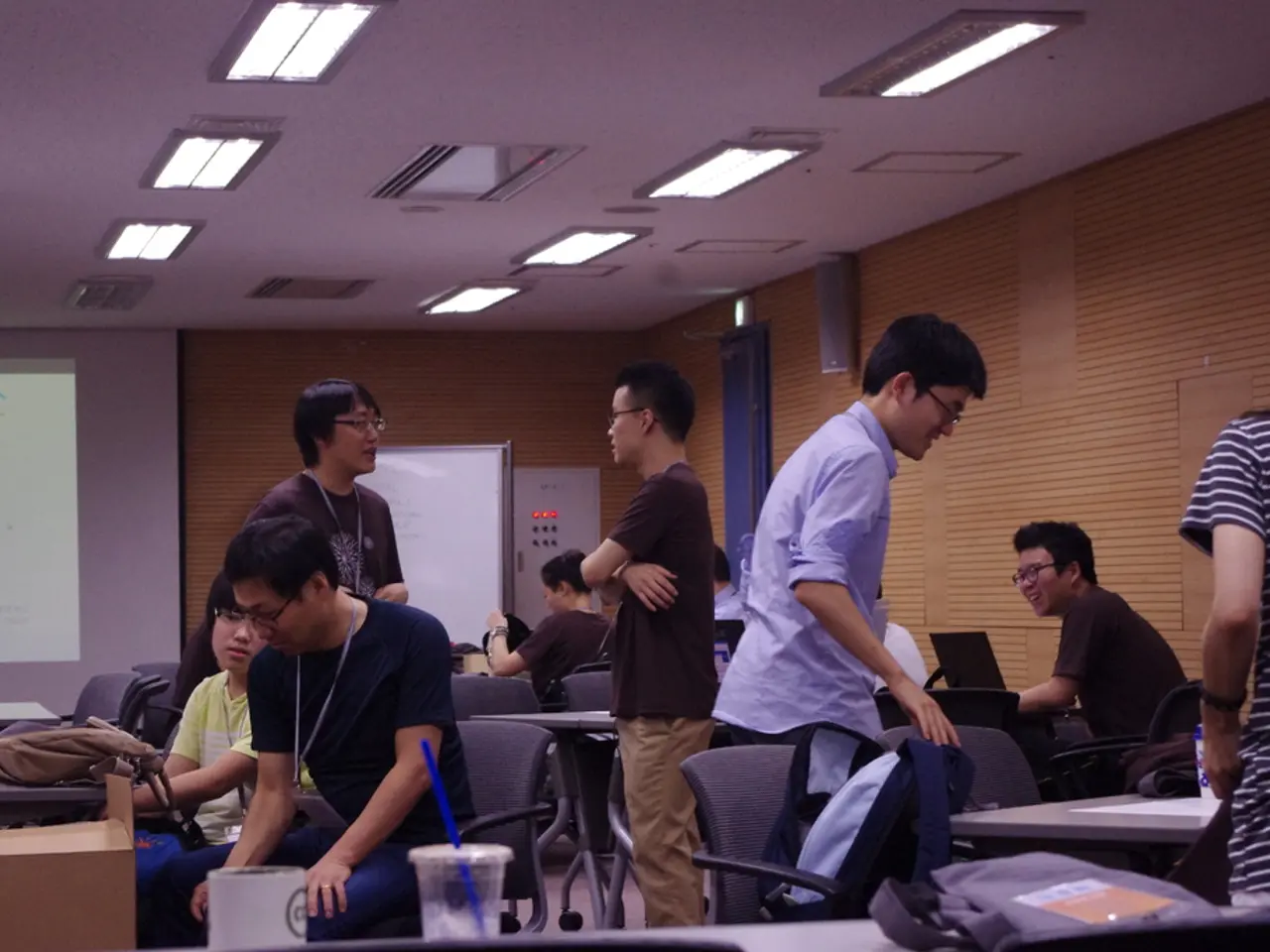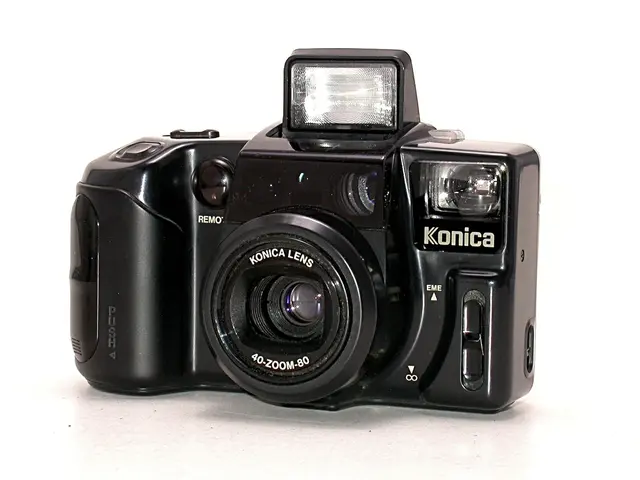Employing Telepresence Robots within Educational Institutions
Region 10 Education Service Center in Texas is revolutionising education by utilising telepresence robots to assist students with severe physical or cognitive impairments. These robots, which are also used as avatars by students with behavioural problems, have become an integral part of the centre's approach, helping students who are car accident victims, cancer patients, and immunocompromised students to participate in classroom activities.
Dr. Lori Aden, the program coordinator for Region 10, oversees the use of these innovative devices. The centre works with VGo robots produced by VGo Robotic Telepresence, a division within Massachusetts-based Vecna Technologies, and more recently, with telepresence robots produced by Temi.
Setting up a student with a telepresence robot is a considered process and they are not deployed for students with short-term absences such as a vacation or temporary illness. However, when deployed, the child has full control of the robot, reducing the need for teachers to adjust their audio and camera and manage in-class and remote students simultaneously. This setup provides a more immersive experience than video conferencing via a laptop.
In cases where wifi is weak, a wifi booster or a 'bot buddy' will be needed to move the robot between classes. Ashley Menefee, an instructional designer for Region 10, suggests that educators check the wifi at the school beforehand to avoid signal issues. For teachers, Menefee recommends treating the telepresence robot as if it was a student in the classroom and including the remote student in lessons by asking questions.
Region 10 Education Service Center deploys a small fleet of 23 telepresence robots to assist students in the region. Vecna Technologies, the company behind VGo robots, has about 1,500 of these robots currently deployed, not just in education but also in the healthcare industry and other sectors.
The VGo robot moves at a slow pace that is designed to be harmless. In addition to its educational use, Region 10 also works with BubbleBusters, a program that connects kids with illnesses to school using telepresence robots. These robots act as avatars for students who cannot attend school long-term for various health or other reasons.
Dr. Aden adds that telepresence robots do not put the same type of strain on teachers as hybrid classes conducted via video conferencing during the early stages of the pandemic. The use of these robots is a testament to Region 10's commitment to making education accessible for all students, regardless of their physical or cognitive abilities.
Region 10 Education Service Center has a resource page for educators on effectively using telepresence robots. This resource is a valuable tool for teachers looking to integrate these devices into their classrooms and ensure that every student has the opportunity to learn and grow.
Read also:
- Experiencing Life's Variety Firsthand: Gaining Insights from Life's Broad Spectrum of Experiences
- Budget Alterations Made to 2023 Toyota GR Corolla After 4,500 Miles, with a Cost of $38 for Smoothing Out the Rough 1-2 Shift
- Steady Expansion Projected for Artificial Intelligence in Escalator Maintenance, with a Forecasted Growth Rate of 40.2%
- Generous Gift of AED 33 Million Saves Lives: A 14-year-old Boy, Along With 59 Others, Receives a Second Chance





